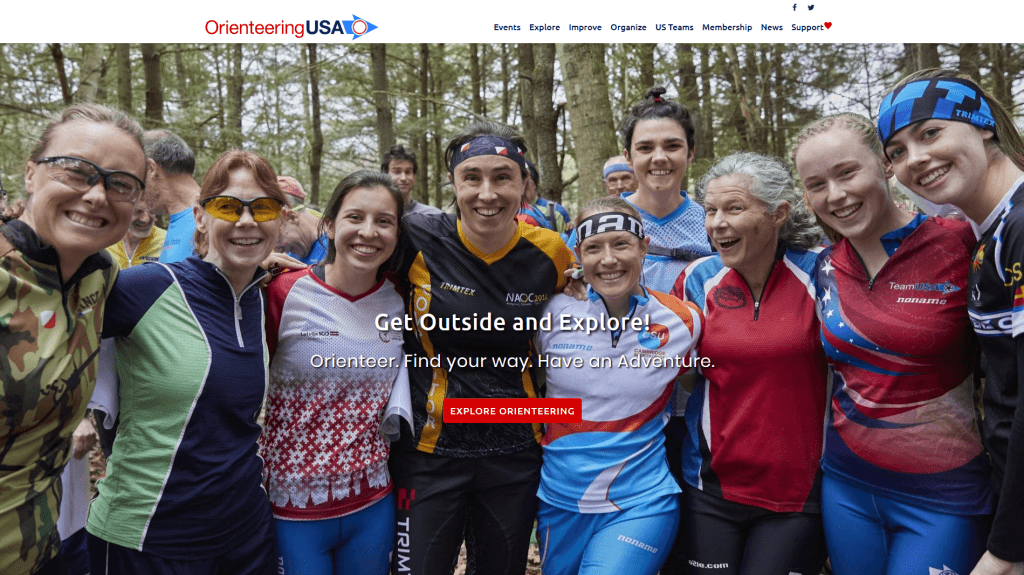OUSA Announces Basic Orienteering Online
Orienteering USA is pleased to announce its new Basic Orienteering Online curriculum. This orienteering resource has been developed as a companion platform to OUSA’s Discovering Orienteering (hardcopy & e-book).
Each lesson includes resources to understand, practice, and reflect upon the skills, techniques and processes involved in getting serious about improving navigation. Take the full course, or focus on the elements of most interest to you. Access to the online content is provided as a free member benefit to Orienteering USA members and is also offered at a premium to non-members ($15 juniors, $50 adults).
More information & registration for the Basic Orienteering Online program can be found on the Orienteering USA Education site. Links can also be found on the recently updated training page on the main OUSA website.

